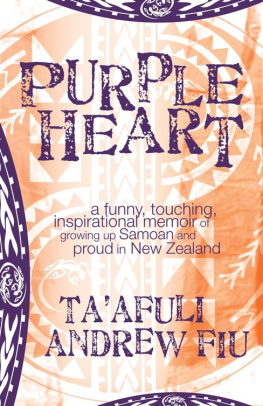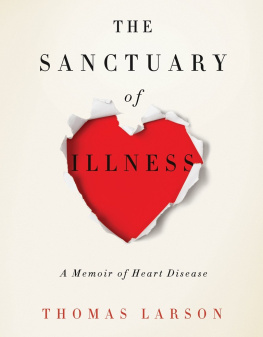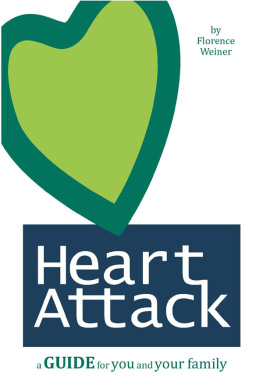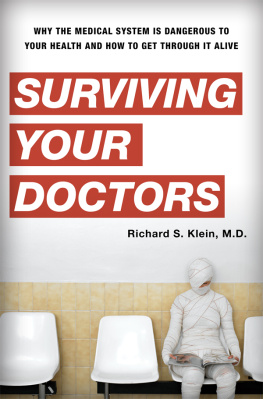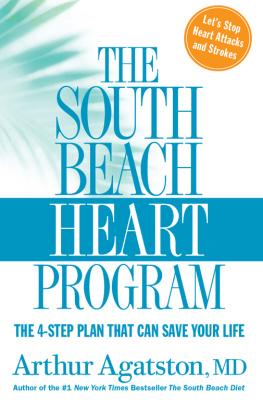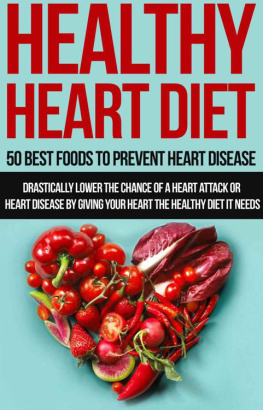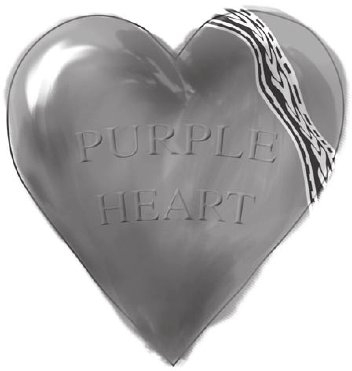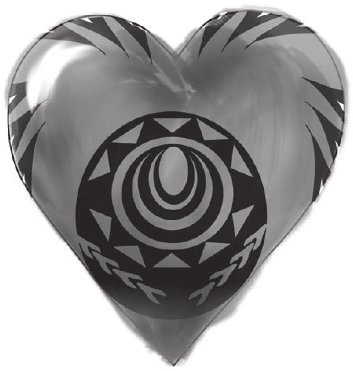This memoir is the story of his hospital years, the wisdom he learnt from his fellow patients, and the medical miracles performed on his heart by famous surgeon Alan Kerr.
It is also story of growing up Samoan in Auckland in the 1970s and 1980s, a reminder of the bad old days when schools made Pacific Island children anglicise their names and hospitals did not have translators, an insight into the inter-generational tensions in Pacific Island migrant families, and a testimony to love and deep friendship, written with grace, insight and bucketloads of humour.
This book is dedicated to my father and mother Fiu Luamanuvae and Taufao Lemalu Fiu
The Purple Heart is an American decoration, the oldest military decoration in the world in present use and the first American award made available to the common soldier. It was initially created as the Badge of Military Merit by one of the worlds most famed heroes, General George Washington.
W hen I first thought about writing this book, I believed I would sit down, the floodgates would open and Id complete the first six chapters before lunch. Wrong. Its harder than most people think. However, the title seemed like a good start, and after much thought, and dismissing easily a hundred titles like Heartache and My Bleeding Heart, it hit me what an absolute virgin I was because I couldnt even decide on a title that wasnt too ludicrous.
But thoughts of achievement soon became more prominent, and the pride surfaced as it usually does when I think of my heart and all that she has gone through. How, after all I had gone through, my success in staying alive after five open-heart surgeries belonged to her, my heart. I just sort of went along for the ride.
She is the one who deserves acknowledgement for valour, who deserves gratitude and any other praise anyone reading this book may want to bestow upon her. Not me. The best way I can thank her is to tell the world about her tenacity, about the trials that had her counted out so many times that I wondered at her strength to pull us through. But she did.
Five times, my chest has been opened up; five times she has been cut open to be repaired; five times it could so easily have been the end. And five times I wanted to live.
By sharing my story, I hope other people find the courage and persistence to go on when faced with death because within the human spirit, optimism and courage are bred. We dont always know how to easily access it. But its there.
I would also like to acknowledge some fantastic people who suffered with me through the years. If you are suffering from any form of life-threatening disease like rheumatic fever or are in heart failure or about to go under the knife, you do not suffer alone. Your family, friends and loved ones around you also feel the pain, the angst of uncertainty and the sadness of the daily reminder that you may soon die. (Or, as my brother puts it, continue to tax the living!)
My fabulous family and children came to know the layout of Middlemore, Green Lane and Auckland hospitals like their own homes. This book is also a testament to their unwavering support and love. Its the type of love that transforms into a trusted constant companion when youre alone with your thoughts among strangers and at the mercy of your illness.
Very early on in my sickness, I realised that the most important thing that would keep me alive was that trusted companion; knowing that other people love you and care enough if you do give up and die is probably the best motivator one needs when facing possible death.
This book will also in some small way say thank you to my partner of seven years, Michele, for her diligence and her unending love during some very testing times, to say the least, and for taking the uncompromising position of helper, in more ways than one. The word true never held so much meaning in my heart.
So there you go. In reference to the Purple Heart, its true Im not an American. Hell, Im not even an American Samoan (but I have unfortunately visited Pago Pago). Nor have I served in any wars but in my own lifetime I have battled through my own conflicts; conflicts many people battle through, people from all walks of life, every day of the year. And yes, I have seen the casualties and it makes for grim reporting. The casualties have been my friends, and some closer than that.
Having a heart complaint, whether its a blocked artery, high cholesterol or youve suffered a heart attack, is a life-and-death situation. You can fold up and take pity on yourself, or you can fight it. My heart chose to fight and basically just told me later thats what we were doing. A friend or ally cant be described any other way than as a lifeline, and she has been that. Although its been hard, shes stayed faithful and strong. She beat weakly when no one expected her to, she is my constant companion and she is still here.
So this book is my ode to her. She deserves every Purple Heart I can find and with every operation, she has, in my thoughts at least, received one. The scoreboard at the moment is my heart 5, Andrew 0. My heart is purple.
I n 1970, we arrived in New Zealand from the tropical paradise of Western Samoa. My father Luamanuvae, my mother Taufao and my little brother Vile (pronounced Vee-lay), who was two years younger than me, at three, landed in Auckland on a very wet July afternoon.
In what was to become the normal path for immigrants in the seventies, my parents went straight to work cleaning toilets and doing assembly work, those manual chores considered too dirty for anyone else to do. My mother held down two jobs and my father three, to the excitement of his new Kiwi bosses. They loved Pacific Islanders for their willingness to work as many hours as were made available to them. The word overtime eventually became as common in our culture as All Blacks, rugby, Kiwi and coconuts.
In many ways, it was easier for children to adapt to a new country than adults. Parents like mine had very limited English and an even more limited understanding of European life. New Zealand was the promised land, the land of milk and honey; as long as you were willing to put the hours in and assimilate as much into the Kiwi culture as possible, you were going to be fine. Many Pacific Island women found steady work on machinery assembly lines, or as packers of various descriptions, or cleaning, cooking and serving food at hospitals.
We moved straight into Ponsonby, an inner-city suburb of Auckland, into a house prepared for us by my late aunt. In the early seventies, Ponsonby was famous for its immigrants and low-grade housing. Some even called it the ghetto, and I suppose it wouldnt have been any different in other cities throughout the world. New York, Sydney and London all had their own areas where migrant children ran wild without a care in the world. In Summer Street, where we had our simple home, at least seven different nationalities lived and played.

